After a somewhat disappointingly small selection from California, we have a more typical, for the western states, large number of places to visit in Colorado, and not all of them National Parks either, though those are certainly wonderful.
1. Mesa Verde National Park, in the southwest, about thirty miles from Durango, on U.S. Route 160. "Most notable and best preserved prehistoric cliff dwelling of early man in the United States."
Approximately 560,000 annual visitors. The largest archaeological preserve in the United States. Tremendous history. There is also a lodge, as well as multiple restaurants within the park. And camping, of course.
2. Rocky Mountain National Park, in north central Colorado, 23 miles north of Boulder, on U.S. Route 34. "One of the most magnificent sections of the Rocky Mountains, with 65 peaks more than 10,000 feet high."
4.6 million visitors in 2019, the third most visited national park. Pretty much the classic national park experience, it's got mountains, it's got forests, it's got lakes, it's got wildlife. It's even got tundra at some of the higher elevations. The nearby town of Estes Park, located just outside the gates of the park, looks to have some bars.
3. Black Canyon of the Gunnison National Monument, in west central Colorado, about 10 miles north of Montrose, on U.S. Route 50. "Awe-inspiring canyon; the deepest in Colorado; its sheer walls rise 3,000 feet at their highest point."
308,000 visitors in 2018. This is a no frills, you get what is advertised kind of natural site, noted especially for its narrowness, darkness, and dread." Sounds kind of cool actually, the sort of place we (we referring to my imaginary troop of congenial spirits) should all be going to more often. It looks like its in a pretty isolated spot, with fairly sparse facilities and tourist entertainment options.
4. Colorado National Monument, in the west, six miles west of Grand Junction, on U.S. Routes 6 and 24. "Sheer-walled canyons and caves filled with huge stones, strangely shaped."
375,000 annual visitors. This place sounds similar to the Black Canyon above, and is somewhat near it (76 miles by road), though this one seems a little more famous and the formations look more familiar, though perhaps they merely resemble other formations such as the ones in Utah and Arizona that are really iconic. The town of Grand Junction appears to have a lot of places to drink, including breweries and vineyards, to which one might earn a visit after a full day of hiking or horseback riding (though not merely driving and taking in scenic views, you can't party on that alone).
5. Dinosaur National Monument, in the northwest, partly in Utah, 35 miles north of Rangely, on U.S. Route 40. "Fossil remains of giant reptiles, and other creatures of past ages; magnificent deep gorges."
304,000 visitors. Another remote place, so much so that personally I think I would find the presence of a U.S. government agency there almost reassuring. Looks very family-oriented, with a lot of artifacts to see and learning opportunities, we like those. It does not appear one of the more party-oriented National Park areas.
6. Great Sand Dunes National Monument, in south central Colorado, about 31 miles east of Monte Vista, north of U.S. Route 160. "Among largest and highest dunes in the United States, deposited over thousands of years by winds; visible for seventy miles; colors of the sand change constantly with the light."
Upgraded to a National Park in 2004. 527,000 visitors in 2019. You have to walk across a creek to get to the dunes, though it is never more than a few inches deep. These are the tallest sand dunes in North America. Other than camping, there is no accommodation within the park. There are a few basic hotels and rustic cabin type places just outside the gates, as well as one restaurant. Everything else in that line is around 30 miles away, which I suppose is nothing out west, though in the east I at least would feel left out of whatever scene was going on around the great tourist attraction if I had to stay that far away. But I always feel that way anyway.
7. Hovenweep National Monument, in the southwest, partly in Utah, 28 miles west of Cortez, west of U.S. Route 160. "Four groups of remarkable prehistoric towers, pueblos, and cliff dwellings."
Just 39,000 visitors in 2017. This place is extra isolated, and most online reviews, while extremely positive, make a point of exhorting any potential visitors to be sure to "bring lots of water." It looks like a cool place to visit. I would like to go and study at some leisure at the actual sites how these ancient peoples managed to live for centuries in these remote and barren locations that even the most voracious, antisocial, or ingenious westerners do not appear to have any interest in inhabiting.
8. Yucca House National Monument, in the southwest, 10 miles south of Cortez, on U.S. Route 666. "Unexcavated ruins of large prehistoric Indian pueblo."
About an hour from Hovenweep, which is practically across the street in this part of the world. Annual visitors: less than 1,000.
This blog post makes the argument, and not unpersuasively, that this is perhaps the worst National Monument in the system. I can imagine my wife and most of my children arriving at this place as part of my itinerary after a four day's (or more) drive out west and launching a mutiny on the spot, it's happened before.
The inviting gate at Yucca House National Monument
9. Cave of the Winds, in central Colorado, 8 miles west of Colorado Springs, on U.S. Route 24. "One chamber of the cave is known as 'Old Maid's Kitchen'; legend has it that if a girl leaves a hairpin here she will be married within a year; thousands of hairpins are heaped against the walls."
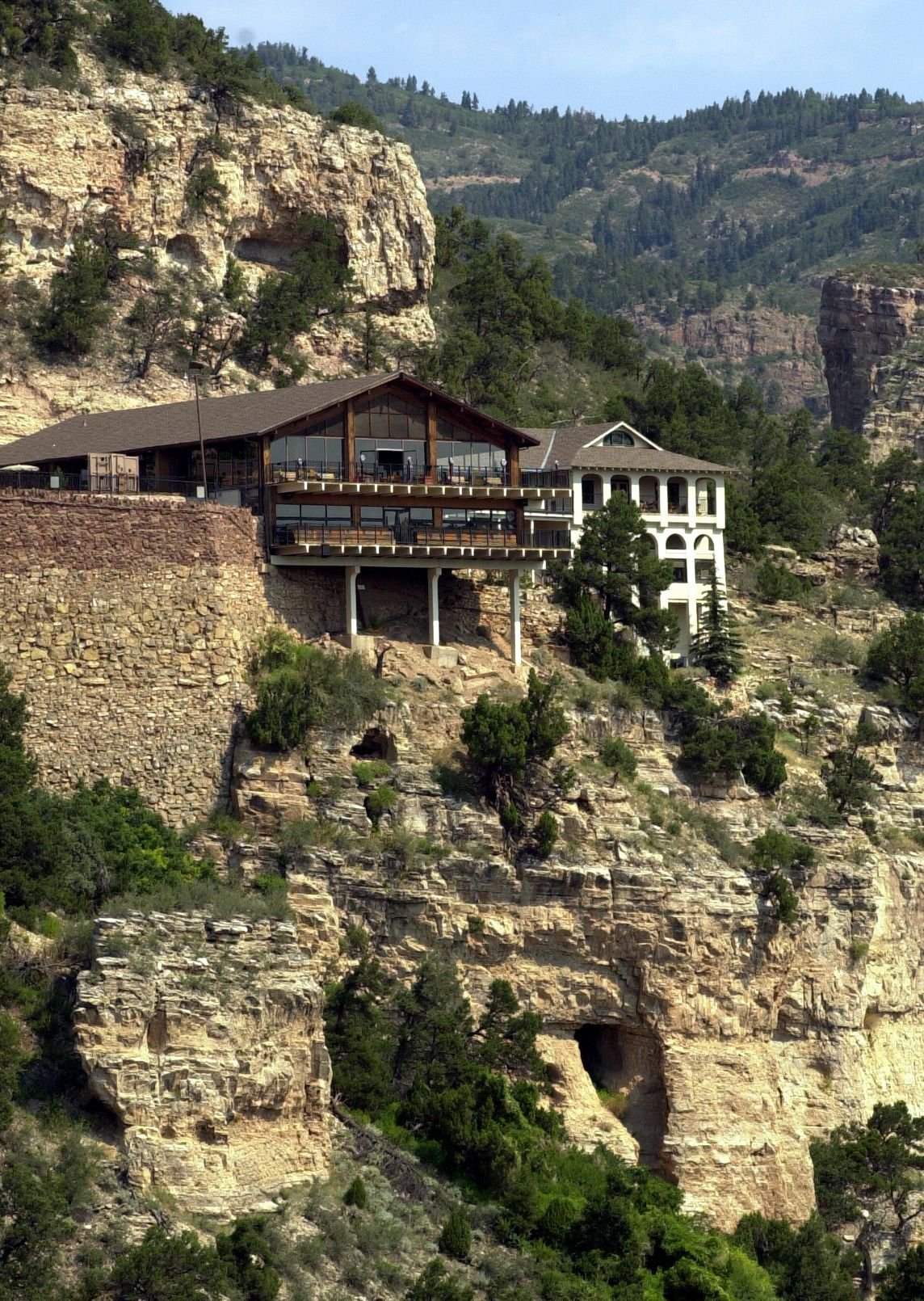
This place in 2021 has been turbocharged into a family-friendly adventure attraction charging $23 per adult and $17 for children 4-12. There appear to be rides and rock climbing like activities as well as cave tours. It looks a little more aggressively commercial than I usually like (unaggressively commercial I am OK with). It is located in what looks like quite a touristy area, with Pike's Peak and the well-preserved historic village of Manitou Springs, as well as the lively and prosperous city of Colorado Springs itself all nearby. The Old Maid's Kitchen is not hyped at all on the current website or other promotional material, and I wonder whether the tours include it anymore. I can only find one modern-looking picture of it on the internet, so I think it must still be there, but people are out of the habit of leaving wishes for husbands (or probably wishing for husbands at all).


10. Buffalo Bill's Grave, in north central Colorado, on Lookout Mountain at Golden, on U.S. Route 6. "Grave of William F. Cody, Indian fighter."
Over 400,000 annual visitors. There is a small museum (with a huge gift shop) at the site as well, charging $5 for adults and $1 for children. This is the kind of unaggressively commercial place I like that I was referring to earlier (if I can be modestly entertained and get out for $5 if that's all I want to spend I consider that acceptably unaggressive).

It is of course worthy of note that Buffalo Bill, the legendary showman and character of the Old West, is identified here by the sobriquet of "Indian fighter", as if this were a source of pride, though he probably exaggerated the extent of his personal role in subduing the unruly natives. He was also highly renowned for having shot over 4,200 buffaloes, or bisons, during a two year period when he was 21 and 22 years old, though I would not be surprised if this carnage was not somewhat overstated also for dramatic effect. All of this would make him a good candidate for King of the Deplorables nowadays, but in his own time and for a half-century afterwards, he was regarded as something of the embodiment of the frontier spirit that was a major element in propelling America to greatness. Interestingly, in the present cultural reckoning he seems to be somewhat off the radar of the main academic and activist protagonists, perhaps because he is mainly regarded as a vulgar entertainer of little enduring importance, I don't know. Supposedly he thought well of Indians after his own fashion, and employed many native performers in his show, though always presented in the most stereotypical way possible--indeed probably a number of the most egregious of these stereotypes, if they did not entirely originate with this show, owe their persistent hold on the popular imagination to it.
11. Million Dollar Highway, in the southwest, part of U.S. Highway 550, south of Ouray. "This section of the highway has gold in the gravel that covers the surface."
Regularly ranked in the top five of both the most beautiful and most dangerous drives in the United States, this doesn't seem to be very close to anything else anyone passing through that part of the country with limited time might be going to see other than mines and mountains. The section from which this road really derives its name is also only around twelve miles long, and if you are the driver you can't spend too much time taking in the view since there are no guardrails and the side of the road is lined by steep cliffs. Modern commentators take a skeptical view of the legend that the highway is paved with any actual gold and consider that the origin of the name lies in its, at the time, astronomical cost to build.
12. Mount Evans, in north central Colorado, 36 miles west of Denver, east of U.S. Route 6. "Highest automobile road in the United States; leads to the top where Cosmic Ray Laboratory of the University of Denver is located; highest laboratory in the world (14,260 feet)."

Still the highest paved road not only in the United States but all of North America (5th in the world--maybe--there is a surprising amount of dispute with regard to what exactly qualifies as "paved" or as "a road" in these matters), though it was closed all of 2020 due to you-know-what. There was a restaurant and gift shop at the summit from 1941 until it burned down in 1979. The cosmic ray laboratory appears to have ceased operating in 1972. That same year however the University erected a considerable telescope in the former laboratory building and finished construction of the Meyer-Womble Observatory near the summit in 1996, which was until 2001 the highest optical observatory in the world. "Citing a lack of funds and interest, the University of Denver began decommissioning the observatory in 2018. The facility will be razed and the site will be abandoned" according to Wikipedia. Yikes. The scene at the top appears at present to be in a state of flux and some decline as far as facilities go.

This is the chapel, which appears to be the signature architectural attraction at the Air Force Academy.
This list was made at a patriotic time--West Point and the Naval Academy also appear among the recommendations for their respective states--and its makers imagined their readership would be keen to see the training grounds for the nation's officer corps, or at least some of the good use to which their tax dollars were being put. While there is a little more involved in visiting all of these places than there used to be, this Academy is still billed as a major place to visit when in this part of the world, and its own website claims that the aforementioned chapel is the #1 manmade tourist attraction in the state of Colorado. I think it would be, could be, reasonably stimulating to drop by there.

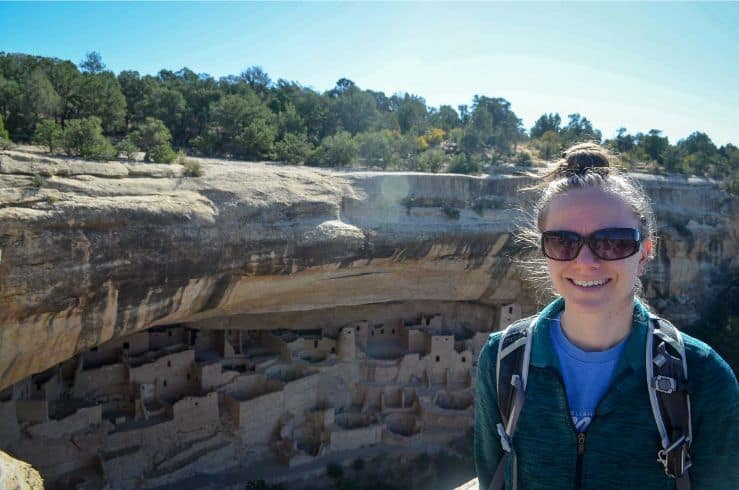
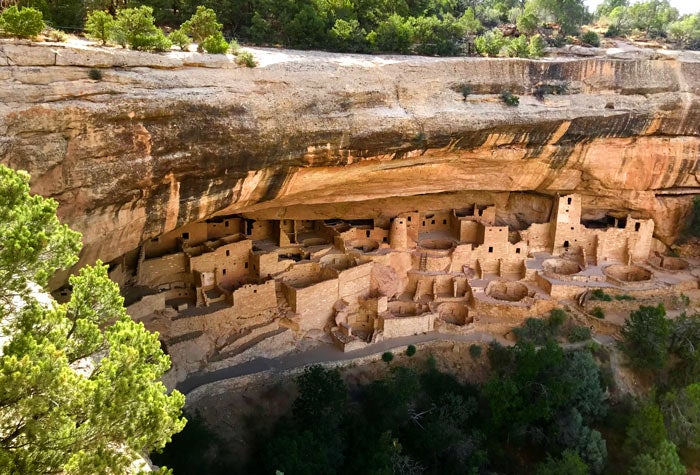
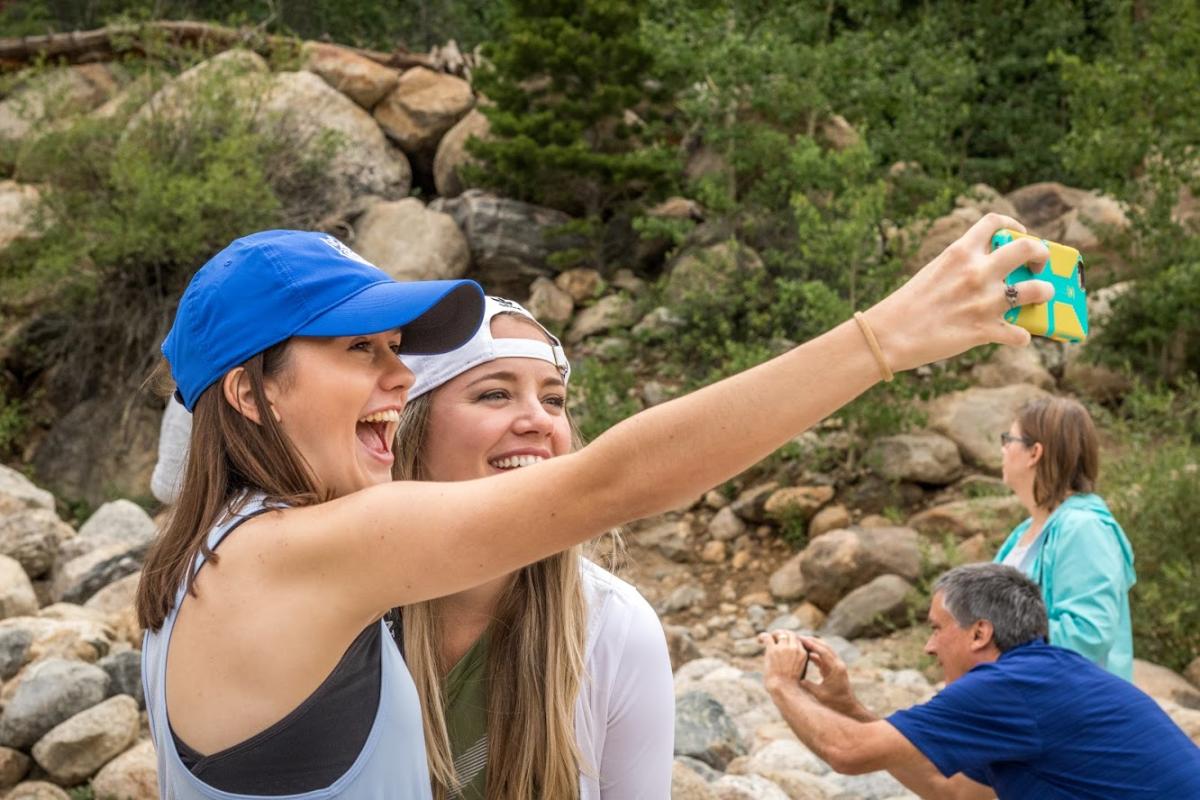
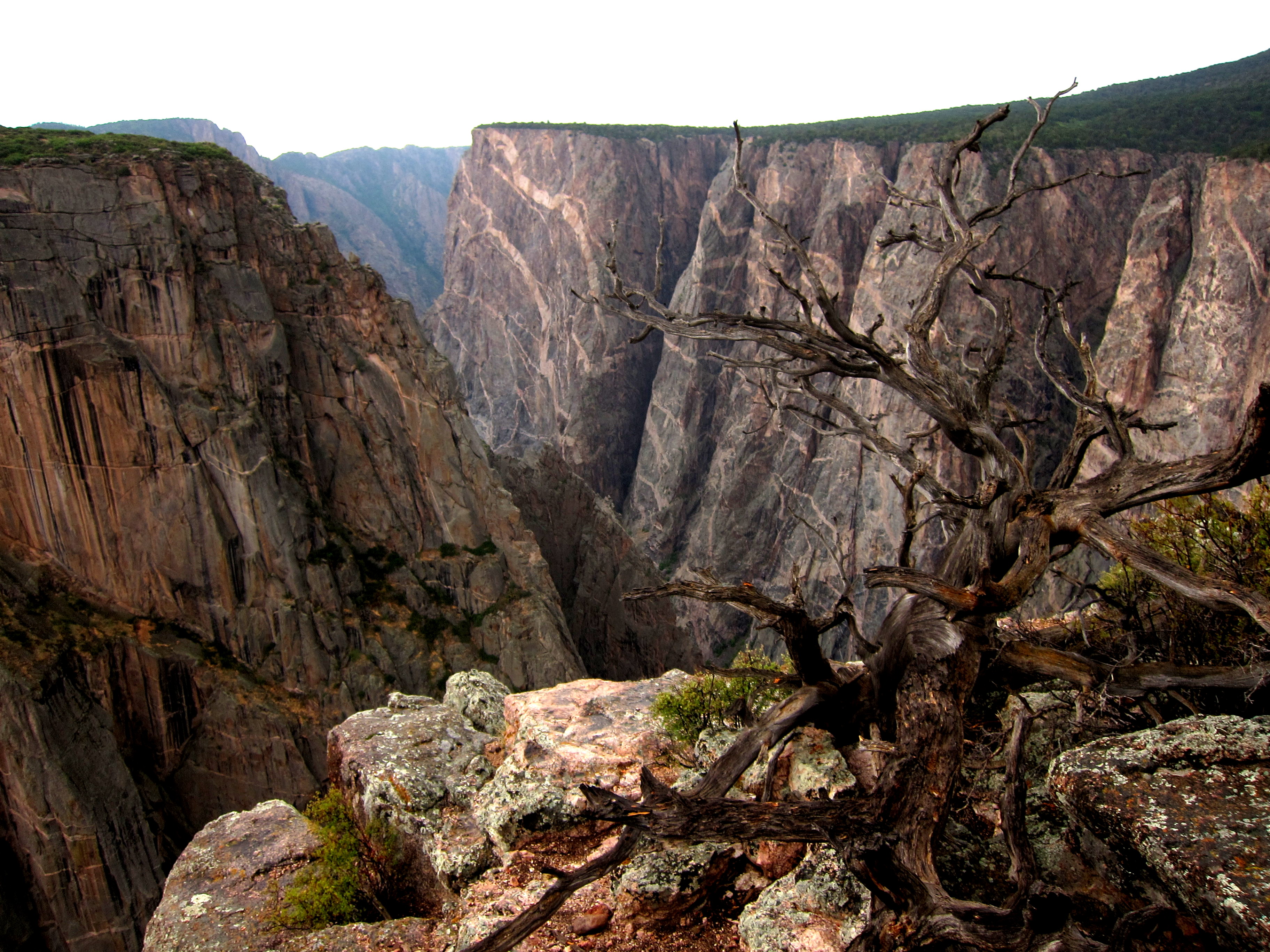



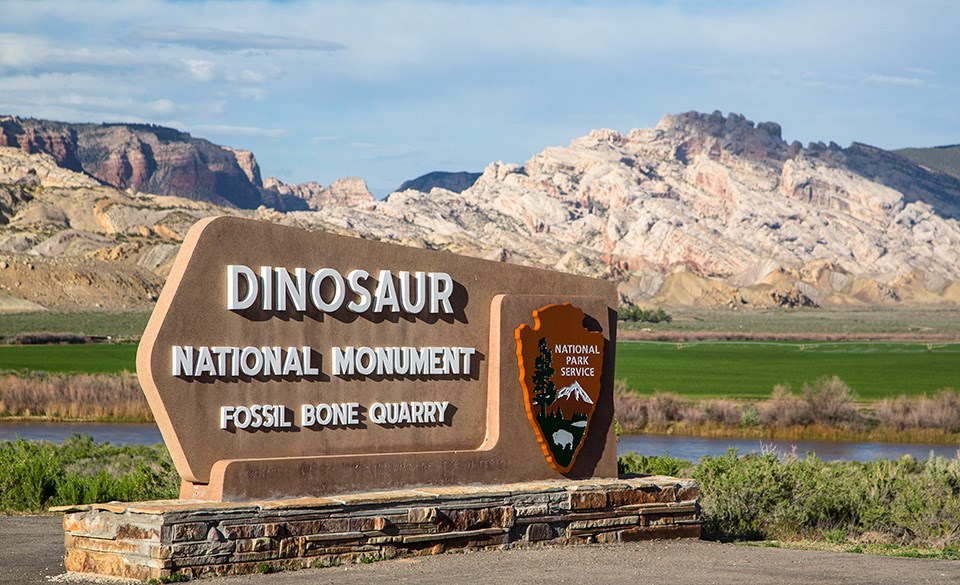


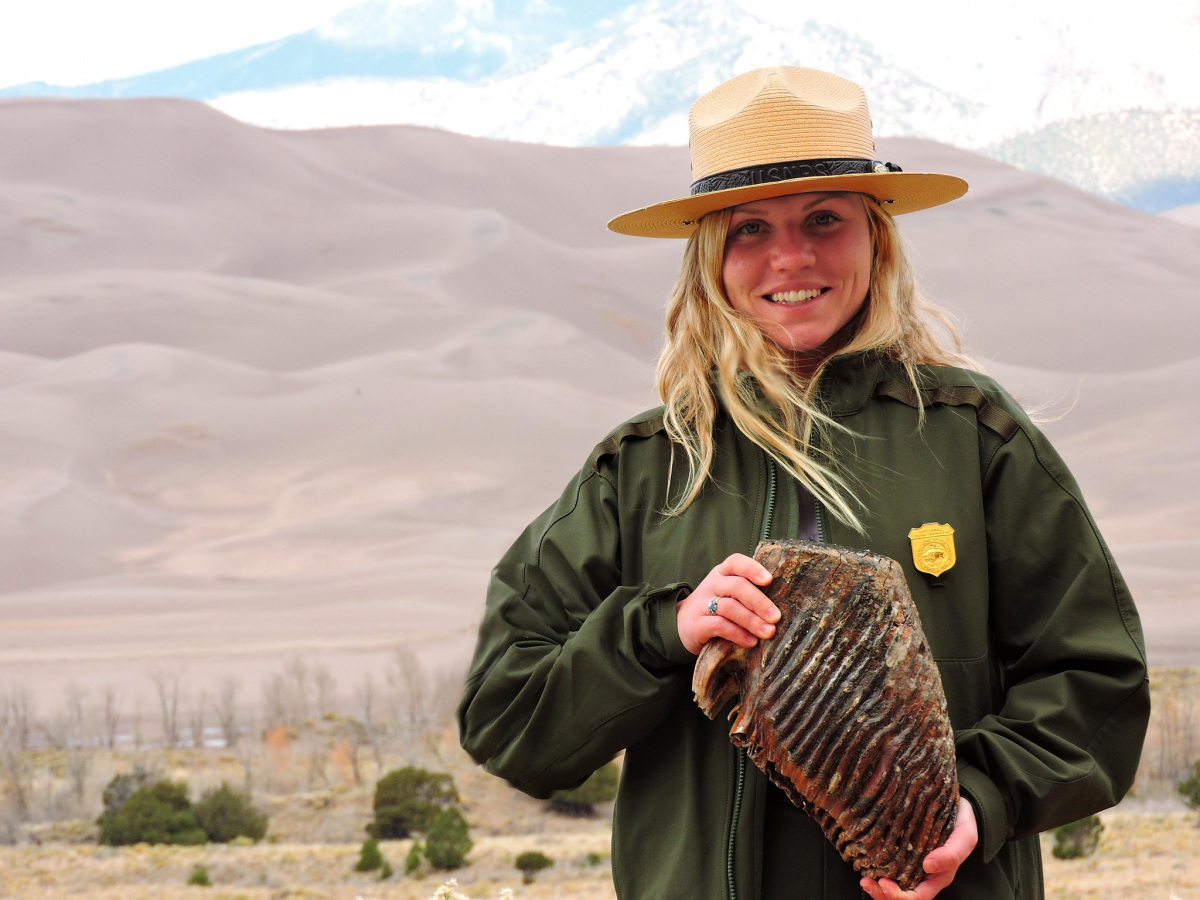
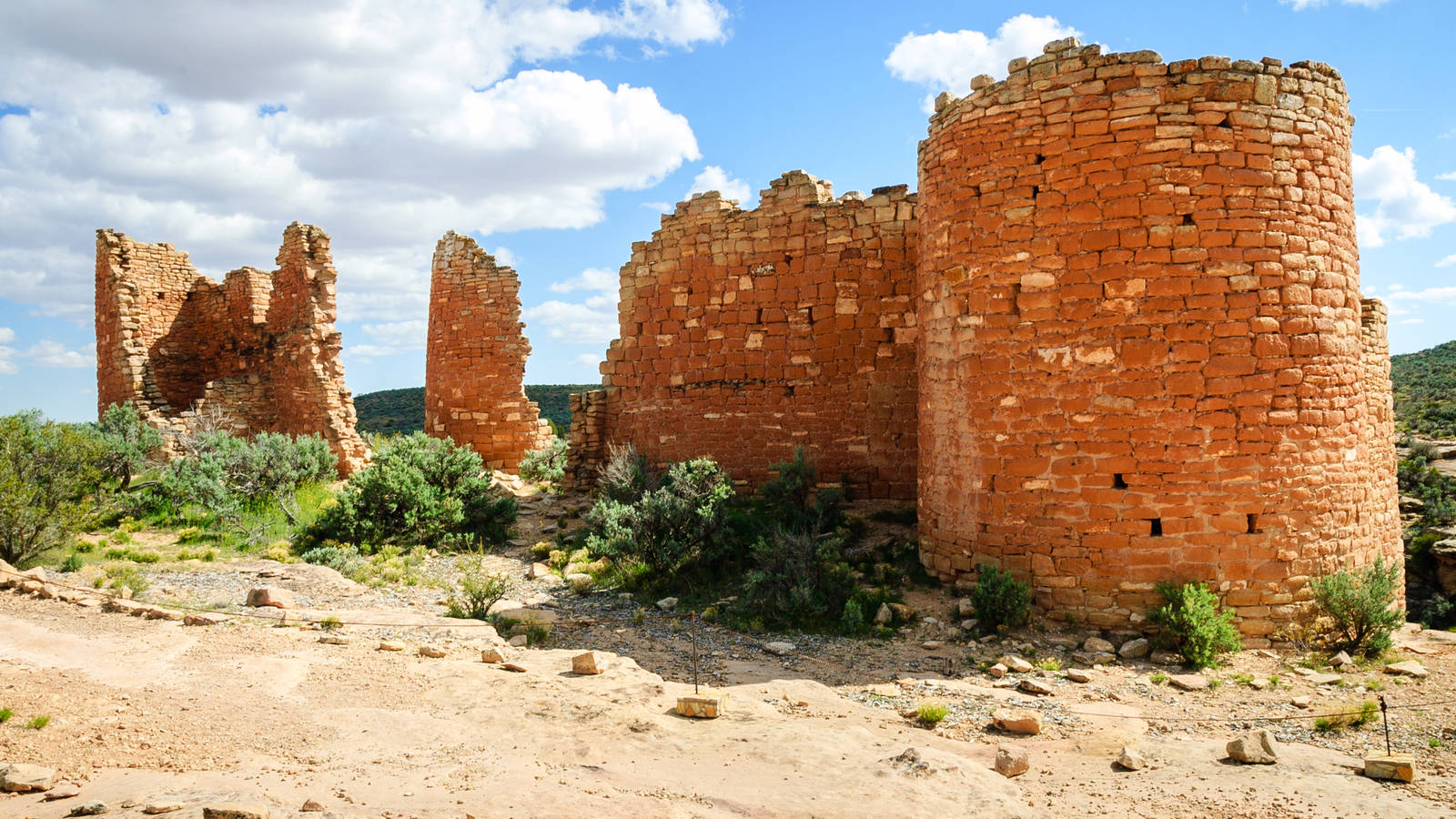

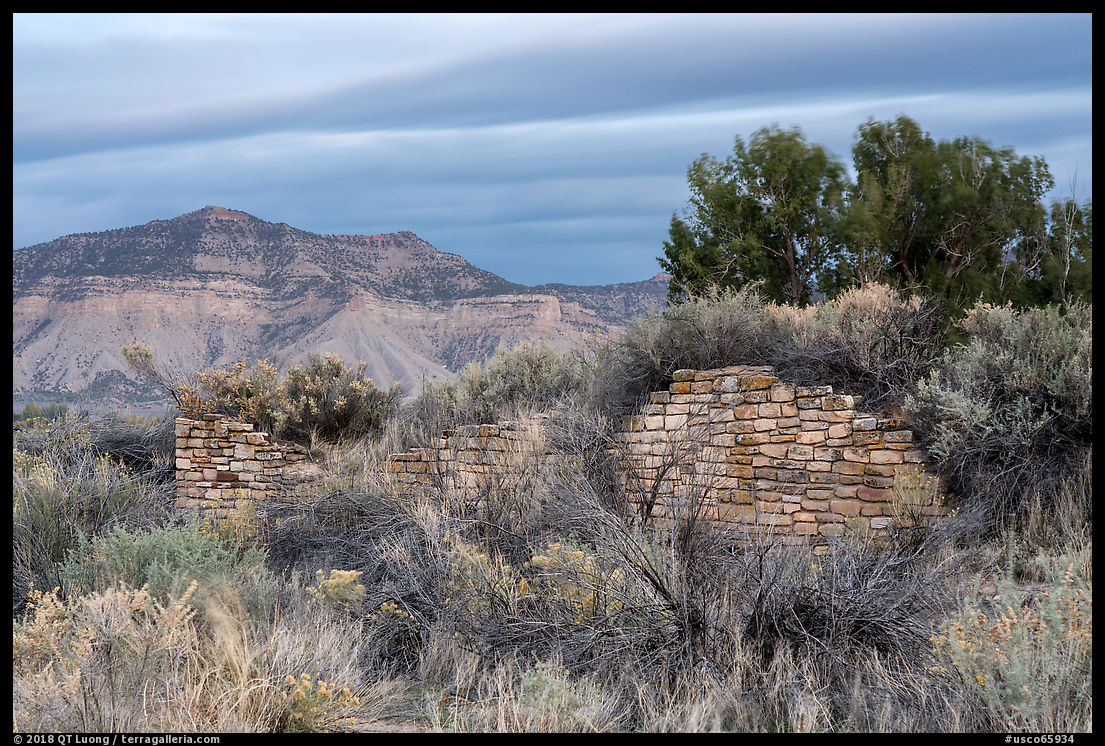






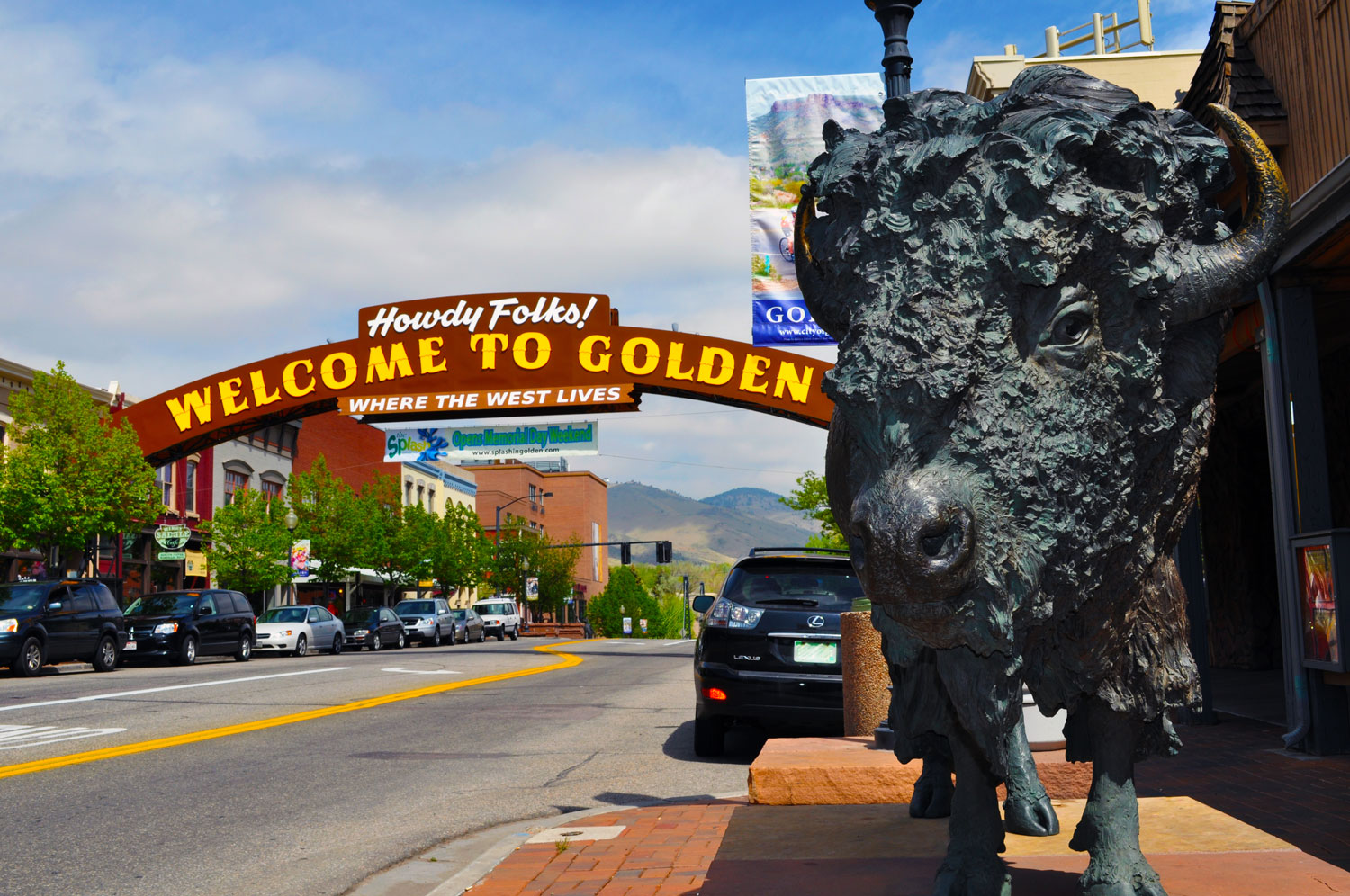



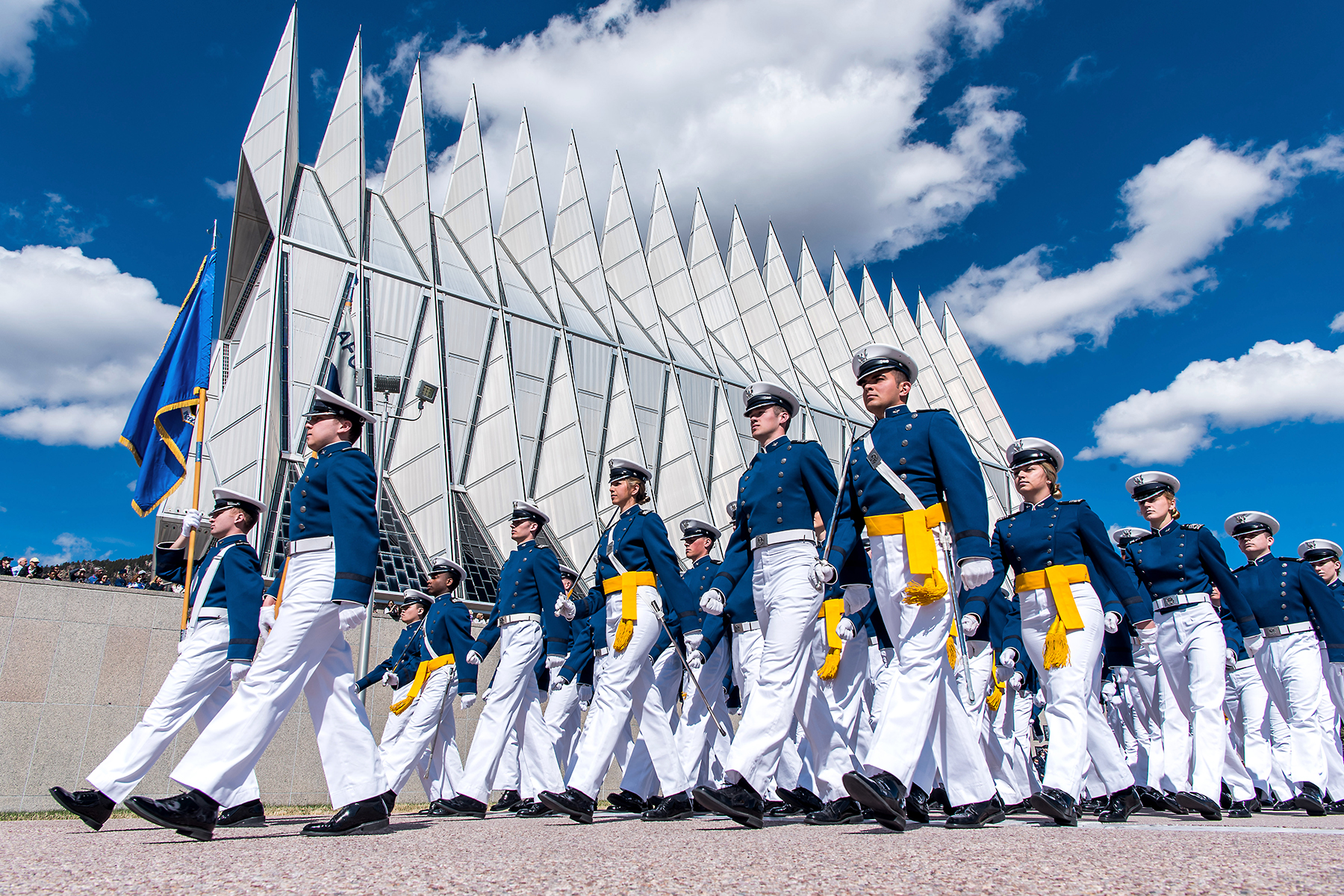


No comments:
Post a Comment